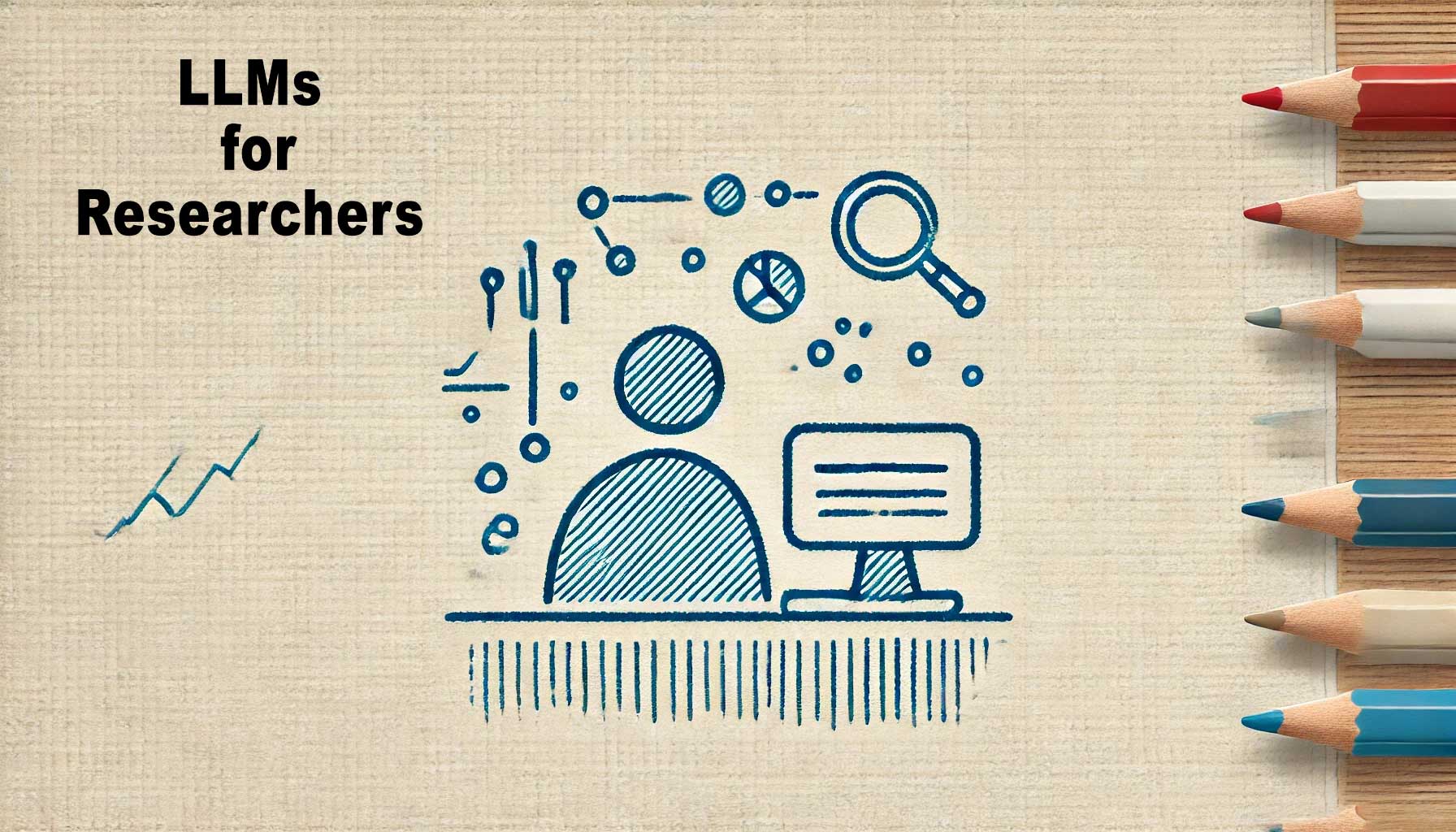Introduction
Research can be a complex and time-consuming endeavor. How can modern technology streamline this process and improve the quality of research outputs?
Large language models (LLMs) offer comprehensive support for researchers, assisting at every stage from idea generation to publication. In this article, we explore how LLMs can enhance the research process, providing practical examples of their application.

Idea Generation and Literature Review
1. Brainstorming Research Ideas: Generating innovative research ideas can be challenging. LLMs can help inspire and refine these ideas by analyzing current trends and existing literature. By suggesting novel research topics, LLMs enable researchers to stay at the forefront of their fields.
Example: An LLM can review recent publications and highlight emerging areas of interest, helping researchers identify gaps in the literature and potential research questions.
2. Conducting Literature Reviews: A thorough literature review is essential for any research project. LLMs can streamline this process by quickly identifying relevant literature and summarizing key findings. This allows researchers to build a solid foundation for their studies without getting bogged down in manual searches.
Example: Using an LLM, researchers can input their research topic and receive a comprehensive list of relevant articles, along with concise summaries of each, saving valuable time and effort.
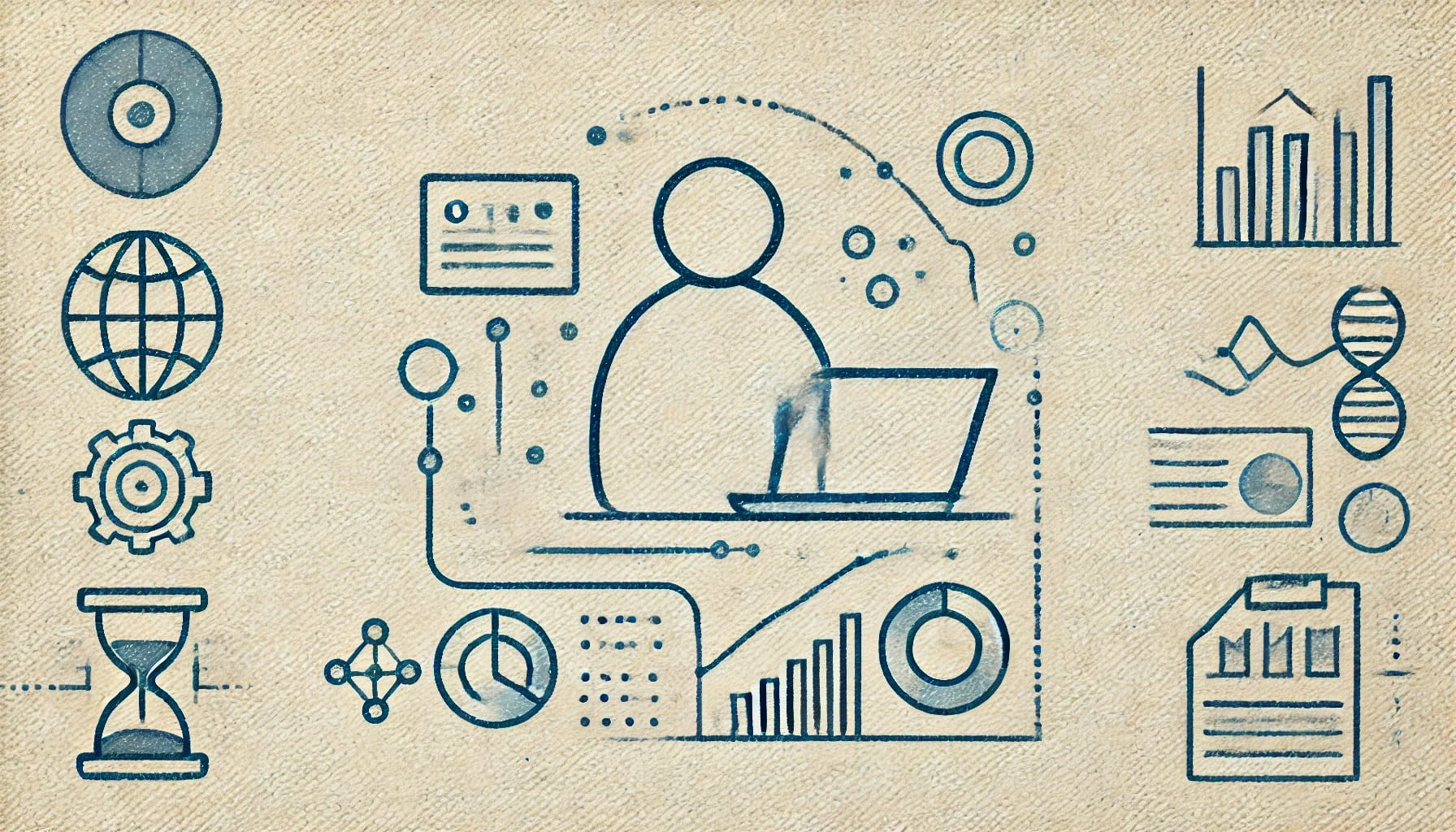
Research Design and Methodology
1. Designing Research Studies: Choosing the right study design and methodology is crucial for producing valid and reliable results. LLMs can offer methodological guidance by suggesting appropriate research designs and techniques based on the research question and objectives.
Example: An LLM can recommend specific experimental designs, sampling methods, and data collection techniques tailored to the study’s goals, ensuring robust and reliable outcomes.
2. Drafting Research Proposals: Writing a compelling research proposal is often daunting. LLMs can assist in outlining and drafting proposals, helping researchers articulate their ideas clearly and persuasively. This support extends to structuring the proposal and refining the language to meet funding agencies’ requirements.
Example: Researchers can use an LLM to generate a detailed outline for their proposal, including sections on objectives, methodology, and expected outcomes, making the writing process more efficient and focused.

Data Collection and Management
1. Automating Data Collection: Collecting data is a fundamental yet often labor-intensive part of research. LLMs can automate this process by capturing real-time data from various sources, such as surveys, wearables, and sensors. This automation not only saves time but also enhances the accuracy of the data collected.
Example: An LLM can continuously gather data from wearable fitness trackers, logging physical activity, heart rate, and sleep patterns without requiring manual input from participants.
2. Data Cleaning and Integration: Data quality is crucial for accurate analysis. LLMs can automatically clean and standardize data, reducing errors and inconsistencies. They can also integrate data from multiple sources, providing a cohesive dataset ready for analysis.
Example: An LLM can detect and correct discrepancies in self-reported activity logs and sensor data, ensuring all data points are accurate and comparable. It can also combine biometric data, survey responses, and environmental factors into a single, unified dataset.
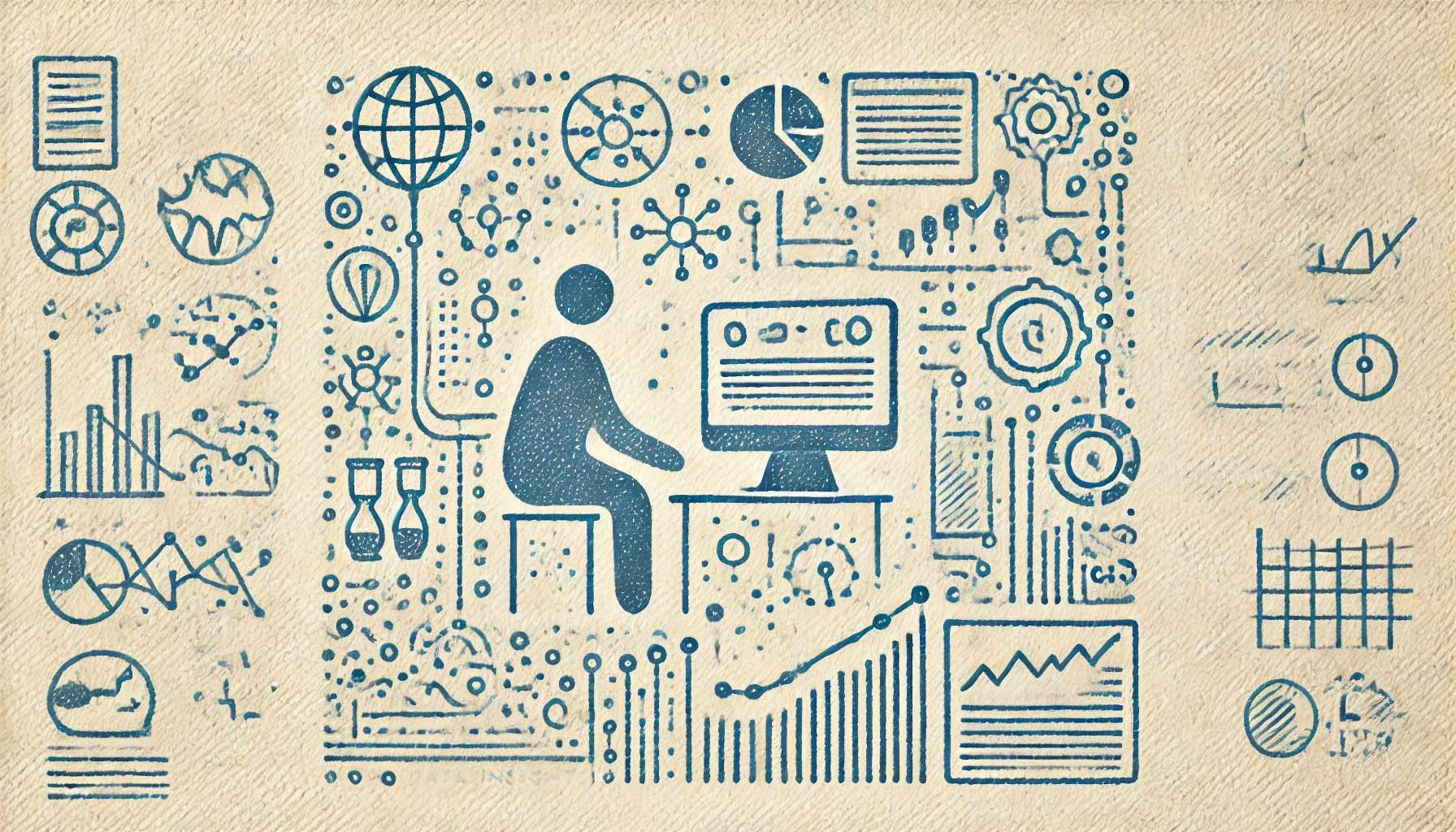
Data Analysis and Interpretation
1. Advanced Data Analysis: LLMs are powerful tools for analyzing large datasets, identifying patterns, and generating insights. They can handle complex statistical analyses and machine learning tasks, making sense of vast amounts of data quickly and accurately.
Example: Researchers can use an LLM to perform regression analysis, cluster analysis, or other statistical methods to uncover trends and relationships in their data. This advanced analysis can reveal insights that might be missed with traditional methods.
2. Interpreting Results: Understanding and contextualizing research findings is essential for drawing meaningful conclusions. LLMs can assist in interpreting results by providing context and highlighting significant patterns and trends.
Example: After analyzing a dataset on physical activity and health outcomes, an LLM can help researchers understand how different variables interact, offering explanations and implications for their findings.
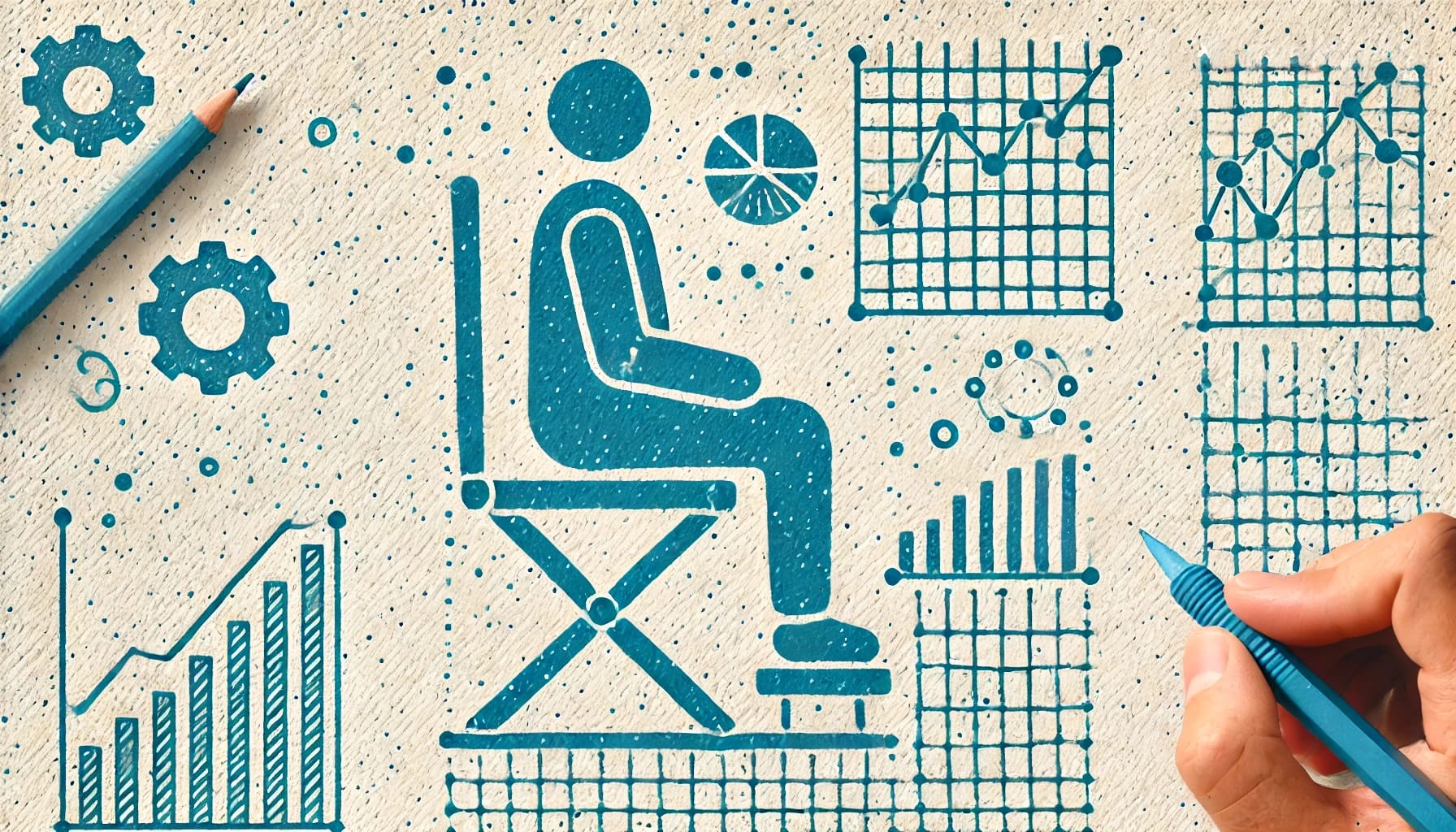
Writing and Publishing
1. Drafting Manuscripts: Writing research manuscripts is a critical yet time-consuming task. LLMs can help draft and revise manuscripts, ensuring that the content is clear, well-structured, and meets publication standards. They can assist with everything from writing abstracts to crafting detailed discussions.
Example: An LLM can generate a draft of the introduction and methods sections, summarizing the research background, objectives, and methodology in a concise and coherent manner. Researchers can then refine and expand these drafts to complete their manuscripts.
2. Responding to Reviewer Comments: Addressing reviewer feedback is a key part of the publication process. LLMs can help researchers respond to reviewer comments by suggesting revisions and improving the clarity and quality of the manuscript.
Example: An LLM can analyze reviewer comments and provide suggestions for how to address each point, helping researchers revise their manuscripts more effectively and efficiently.

You Might Also Be Interested
📅 If you want to learn more about Fibion SENS, do not hesitate to book a video call with our expert Dr. Miriam Cabrita.

🔍 Elevate your project with Fibion SENS Motion 3 Devices Test Package for precise activity analysis. Order now for hands-on experience and comprehensive insights.
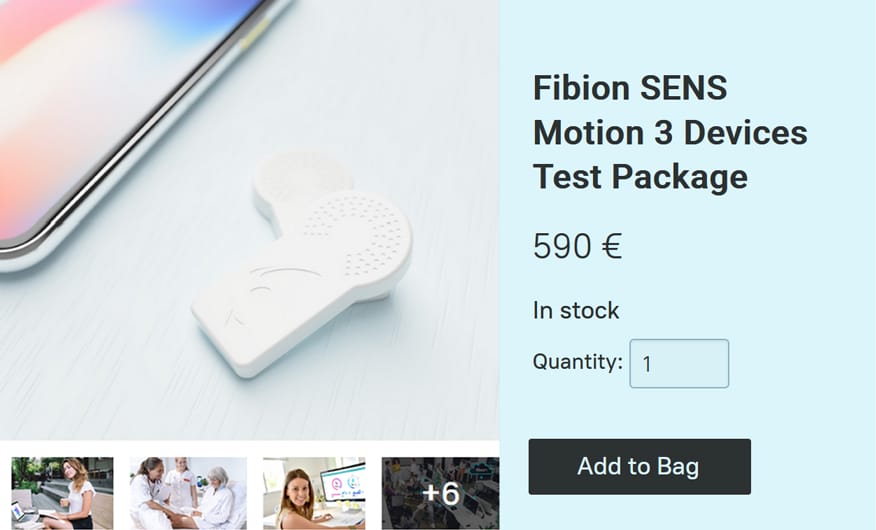
🔍 You may also discover other valid and reliable products in our portfolio, such as the Fibion Device, Fibion Sleep, Fibion Mimove, Fibion Vitals, Fibion Emfit, and Fibion Circadian, all designed to assist in research measuring physical activity, sedentary behavior, and sleep.
Frequently Asked Questions
How do LLMs assist in generating research ideas? +
LLMs can analyze current trends and existing literature to suggest novel research topics, helping researchers stay at the forefront of their fields by identifying gaps and potential research questions.
How can LLMs streamline the literature review process? +
LLMs can quickly identify relevant literature and summarize key findings, allowing researchers to build a solid foundation for their studies without extensive manual searches.
In what ways do LLMs improve research design and methodology? +
LLMs provide methodological guidance by suggesting appropriate research designs, sampling methods, and data collection techniques tailored to the study’s goals, ensuring robust and reliable outcomes.
How do LLMs facilitate data collection and management? +
LLMs automate data collection from various sources, clean and standardize data to reduce errors, and integrate multiple data sources into a cohesive dataset, enhancing accuracy and comprehensiveness.
What benefits do LLMs offer in data analysis and interpretation? +
LLMs perform advanced data analysis, identify patterns, and generate insights. They also provide context and highlight significant trends, helping researchers draw meaningful conclusions from their data.
How do LLMs assist in writing and publishing research manuscripts? +
LLMs help draft and revise manuscripts, ensuring clarity and structure. They can also suggest revisions and improve the quality of responses to reviewer comments, streamlining the publication process.










